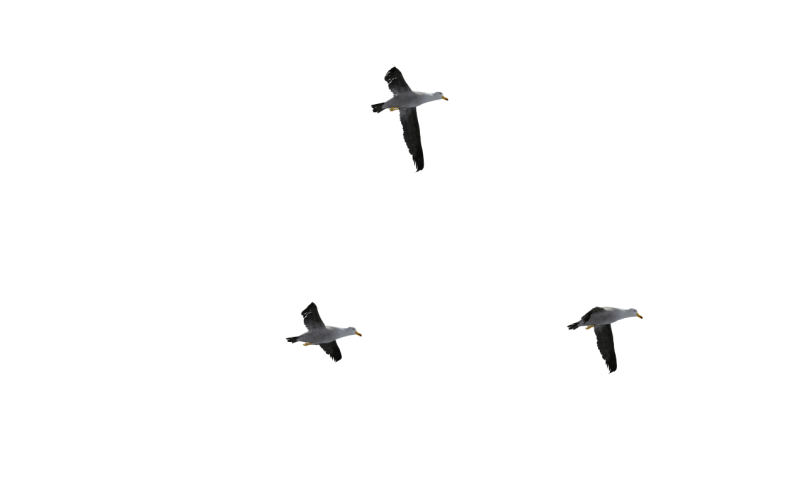A GLOBAL CENTRE FOR ONENESS
The Ekatma Dham, standing tall above the holy Omkareshwar, represents a beacon of unity and oneness, serving as a living embodiment of the timeless message of Advaita Vedanta, which was propagated by the great Acharya Shankar or Adi Shankaracharya. Under the guidance of the Acharya Shankar Sanskritik Ekta Nyas, this sacred space revives and celebrates the ancient wisdom of Sanatana Dharma, with all activities dedicated to spreading and popularising the noble teachings of the Acharya. The Ekatma Dham is a symbol of spiritual and cultural unity for India and a beacon of hope for a better world.
Former Madhya Pradesh Chief Minister, Shivraj Singh Chouhan, has stated, “ The Government of Madhya Pradesh is committed to promoting the philosophy of Advaita Vedanta and celebrating the life and work of Acharya Shankar in modern times when stress and desperation often dominate human thoughts and experiences. "
To achieve this goal, the Department of Culture has been working through the Acharya Shankar Sanskritik Ekta Nyas on a range of ambitious projects at Omkareshwar, the 'Jnana Bhumi' or the 'land of knowledge', where Acharya Shankar had his spiritual initiation. This sacred site holds great significance in the history of Advaita Vedanta and should be celebrated as a place of spiritual growth and enlightenment.
Ekatma Dham is former Chief Minister Shivraj Singh Chouhan's dream project to spiritually and culturally unify India with the message of oneness. "The celebration of oneness in Advaita Vedanta is ultimately the celebration of the realisation of one's own true nature as the ultimate reality and the understanding that all things are interconnected and inseparable from this ultimate truth," he adds.
Nyas plans to install a multi-metal statue of Acharya Shankar atop Mandhata Parvat hill, facing south towards the Narmada river. The statue will be accompanied by the Advaita Lok museum, which will showcase the life and philosophy of Acharya Shankar through exhibits reflecting the message of Advaita Vedanta. The museum will include a 3D hologram projection gallery, nine exhibition galleries, an indoor widescreen theatre, and a cultural boat ride called Advaita Narmada Vihaar, which will take visitors on an audio-visual journey through the teachings of Acharya Shankar and other Indian preceptors of Advaita.
Nyas will establish the Acharya Shankar International Institute of Advaita Vedanta to promote the study and understanding of Advaita Vedanta. The institute will have seven centres — four for research, a library, an extension centre, and a gurukul. The research centres include the Acharya Padmapada Centre for Advaita Philosophy, the Acharya Hastamalaka Centre for Science, the Acharya Sureshwara Advaita Centre for Social Science, and the Acharya Totaka Advaita Centre for Literature, Music and Arts. The library, called the Acharya Govind Bhagvatpad Advaita Library, will be a comprehensive resource centre and reference library for scholars working in fields related to Advaita Vedanta philosophy. The extension centre, the Acharya Gaudapada Advaita Extension Centre, will work to popularise the content developed by the institute's various centres based on Advaita Vedanta. The Maharshi Vedavyas Advaita Gurukul will offer residential training in Indian spirituality and Advaita Vedanta.



